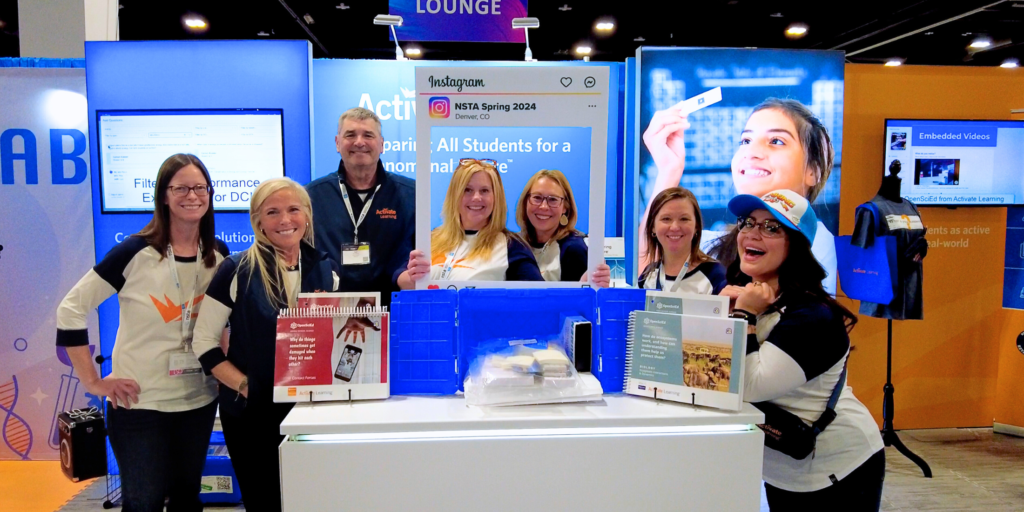Ask a Neuroscientist: How Do You Teach Brain Science to Kids?

Many educators are already teaching K-12 students about the brain, but is there a better way to teach students neuroscience? How can students make the connection between neuroscience taught in classrooms and real-world applications of neuroscience (like tech companies developing neurotech)? And how important is it for students to learn neuroscience before graduating high school?
The following interview with Eric H. Chudler, Ph.D., produced by Dana Foundation (a private philanthropic organization dedicated to advancing understanding of the brain in health and disease through research grants and public outreach), sheds light on how teachers should approach teaching neuroscience to kids. Chudler is a neuroscientist (Research Associate Professor) and Executive Director of the Center for Neurotechnology in Seattle, Washington.
Access more neuroscience education resources here: https://dana.org/resources/

Video Description
Eric H. Chudler, Ph.D., is executive director at the Center for Neurotechnology at the University of Washington. In addition to performing basic neuroscience research, Eric works with other neuroscientists and classroom teachers to develop educational materials to help K-12 students learn about the brain. His website, Neuroscience for Kids, is accessed millions of times each year by students and teachers from around the world.
The Dana Foundation partnered with Eric on the BrainWorks video series, for which he and his team won a Northwest Emmy Award in 2017. "Community Neuroscience" is comprised of five episodes on various aspects of communicating brain science through events, teaching, and writing.
This series leads up to Brain Awareness Week (March 11-17, 2019), an annual global event that promotes the promise and benefits of brain research. -- Dana Organization




